

Game Rant’s Jeff Schille reviews the Ico & Shadow of the Colossus Collection
Whenever the question of whether games can be art comes up, the titles cited by the “pro” faction are almost invariably Ico and Shadow of the Colossus. Partially, this is because the games themselves occupy a completely unique tonal space — they feel like each other, and unlike practically any other games. Equally relevant is that both games sold so few copies when they were new that it can be tough to find someone on the “con” side of the argument who has played them.
Nearly ten years have passed for Ico, six for Shadow of the Colossus, and the games have only grown in reputation. While the world waits for Fumito Ueda to finish The Last Guardian, Sony has at long last issued the Ico & Shadow of the Colossus Collection. But do the games retain their original magic, or are players’ memories of them better than the real thing? Read on for our review of the Ico & Shadow of the Colossus Collection.
In preparation for their inclusion in this collection, both Ico and Shadow of the Colossus have been remastered in 1080p HD, with stereoscopic 3D and 7.1 surround sound. The update looks great, but it isn’t perfect. Objects in both games (clothing, weapons, hair) regularly clip through one another. Shadow of the Colossus plays frequent host to texture pop. Pop in rears its head in both titles, though it is more obvious in Shadow.
Regardless, both games are strikingly pretty in their collected versions. Surprisingly, Ico benefits the most from the upgrade. The overexposed look that defined the PS2 edition has been toned down, and the game is more vividly colorful than ever before. The stuttering frame-rate that occasionally threatened to undo Shadow of the Colossus on PS2 is a thing of the past.
Both games gain nearly as much from their new widescreen composition as they do from the bump in resolution.Ico and Shadow of the Colossus remain among the most cinematic games yet produced, with lingering in-engine cutscenes and dynamic camera work that really fills the frame. No wonder a Shadow of the Colossus movie is in the works. For a good look at the work done to both games, check out this pair of trailers.
Critical consensus has long since been reached on Ico and Shadow of the Colossus. Whether or not they qualify as art, both are stunning, singular games. Though their visuals have received a substantial upgrade for the Collection, fans should be relieved to know that the games play just as they always have.
Ueda’s “story about a small boy and a taller girl” began life as a PlayStation One game. That bears remembering when playing Ico in widescreen high def on PlayStation 3. Its mechanics and visuals were originally designed to run on hardware generations removed from what we have now. Perhaps that is why its fundamentally sound design holds up so well all these years later.
Looking at Ico today, what stands out most is the confidence of its execution. Here is a game where any number of things could have gone horribly wrong: the protagonist is a child with horns, the entire game is basically an escort mission, and there is an imaginary language with occasional subtitles.
Then there is Yorda. Helpless, unintelligible, ephemeral. But Ueda’s insight — that Ico physically holding Yorda’s hand would connect emotionally with players — transformed the game. In fact, Ico gets so much right (the interconnected, believable architecture of the castle, Yorda’s body language when Ico tugs her, the logical, segmented nature of most puzzles) that it is almost too easy to forgive its faults (combat against the shadow creatures is terrible, the castle portions of the game could really use some checkpoints).
Ueda took his time following up Ico and delivered a starkly different game. Where Ico is hopeful, Shadow is solemn. Where Ico is about cooperation, Shadow is about conflict. Building off the Tomb Raider-inspired traversal mechanics that made up the foundation of Ico’s gameplay, Shadow of the Colossus adds a sprawling, desolate landscape to explore — and much better combat.
Then there are the Colossi. Built of stone and hair and earth (and shining vitals hiding great geysers of gushing black blood), the Colossi have lost none of their peculiar majesty in the six years since we first gazed at them. As grotesque as they are regal, the Colossi and their sad fate make Shadow a game that is a joy to play, but not a joyous experience. That it is affecting the first time we see a Colossus fall is an accomplishment. Ueda manages the same trick sixteen times — that’s mastery.
In addition to the games and a really lovely reversible cover that pointedly features Ico’s Japanese box art (that’s a small version of it at the top of the review), the Ico & Shadow of the Colossus Collection also includes a selection of bonus content. Headlined by interviews featuring Ueda with cohorts Kenji Kaido (Line producer) and Junichi Hosono (designer), there are also dynamic PS3 themes for each game. Strangely, none of this material is available in-game. Players have to exit all the way out to the PS3 dashboard to access it.
The Ico and Shadow of the Colossus Collection presents both games with the reverence and care that they’ve earned. If anything, playing them one after another is better than playing either game alone. They remain distinct experiences, but the ways in which they overlap — particularly near the end of Shadow — make both games richer and more affecting.
The Collection ably reaffirms the brilliance of Ico and Shadows of the Colossus. The upgraded visuals are certainly welcome, but it is the games themselves, and their emotionally charged strangeness, that continues to shine through. Kudos to Sony for making them available to more players than ever before, and for assembling the Collection with such obvious dedication. Games, art, or both, the Ico & Shadow of the Colossus Collection is essential.
The Ico & Shadow of the Colossus Collection is available now, exclusively for the PlayStation 3.
–
Follow me on Twitter @HakenGaken
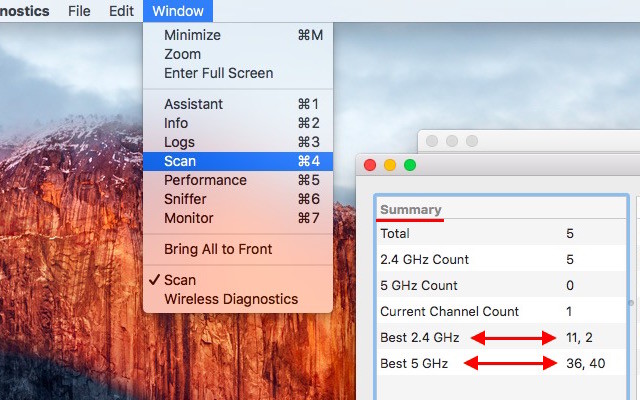
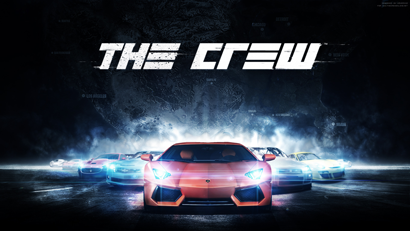

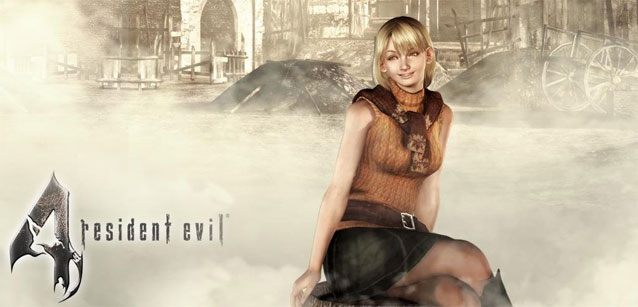
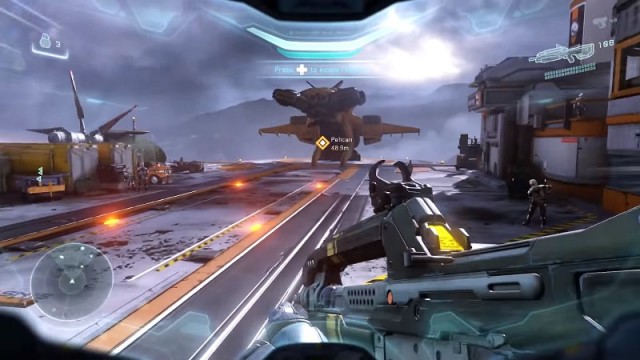 Mission 4 - Meridian Station: Halo 5 Guardians Guide
Mission 4 - Meridian Station: Halo 5 Guardians Guide Fix Bug that prevents download Dying Light in PS4
Fix Bug that prevents download Dying Light in PS4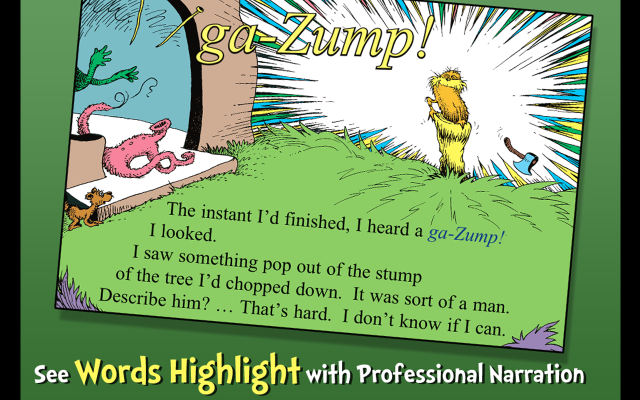 Android Apps on Sale, 18 April: The Disney Edition!
Android Apps on Sale, 18 April: The Disney Edition! GTA V Ultimate PC Guide On How To Make Over $300 Using Stock Market Money Trick
GTA V Ultimate PC Guide On How To Make Over $300 Using Stock Market Money Trick AC Syndicate: How to Get All Weapons (Kukris, Cane-Swords, Knuckles, Gauntlets, Firearms)
AC Syndicate: How to Get All Weapons (Kukris, Cane-Swords, Knuckles, Gauntlets, Firearms)